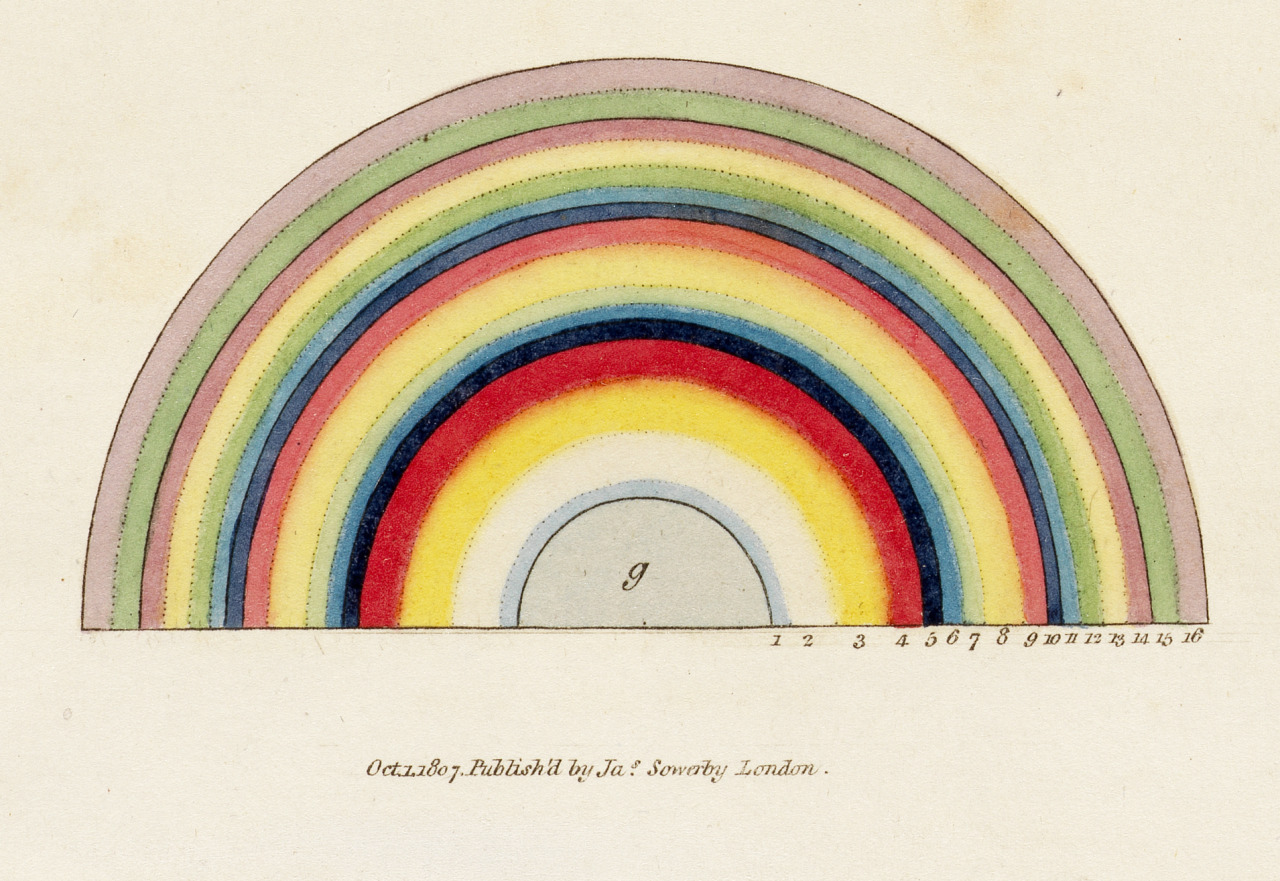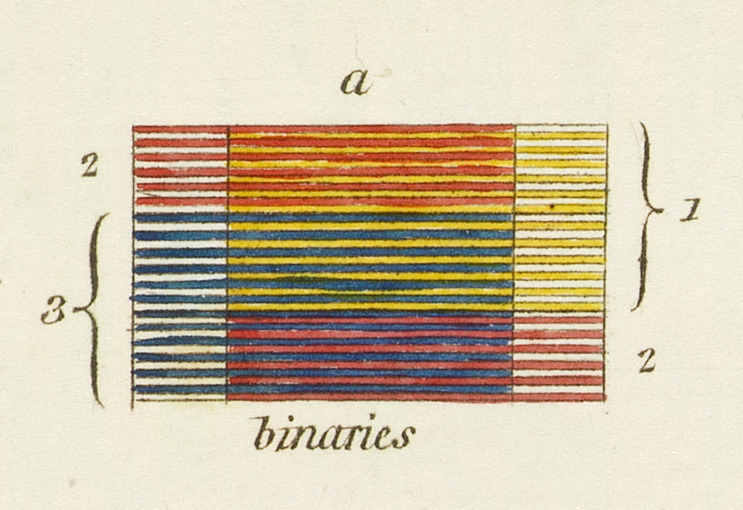This content originally appeared on Open Culture and was authored by Colin Marshall

James Sowerby was an artist dedicated to the natural world. It thus comes as no surprise that he was also enormously interested in color, especially given the era in which he lived. Born in 1757, he made his professional start as a painter of flowers: a viable career path in those days, at least to those with Sowerby’s talent and dedication. It was in 1790 that he began what would end up being the 23-years-in-the-making English Botany, the landmark 36-volume work for which he remains best known today. Its 2,592 images captured the full range of his country’s flora, some of them in hues that readers had never before encountered in real life.

Alas, writes Joyce Dixon at Shaping Colour, “as the years passed, Sowerby watched with dismay as the bright hues of his hand-colored engravings began to fade and decay — the inevitable action of time and chemical instability working away at his watercolor pigments.” This inspired another ambitious artistic-scientific project: “to develop a standard, universal and permanent method of representing natural color.” In 1809, he invented a device he called the “Chromatometer,” which “presented a standard, measurable prismatic spectrum to the user.” Looking through a prism, that user could theoretically “pinpoint specific colors in the spectrum revealed by the prism, offering a standard reference for a specific hue” identified in reality.
The Chromatometer never proved viable, writes Paul Sorene at Flashbak, “because it was too fiddly and botanists often worked at night,” but the work that documented it lives on. A New Elucidation of Colours, Original, Prismatic and Material: Showing Their Concordance in the Three Primitives, Yellow, Red and Blue: and the Means of Producing, Measuring and Mixing Them: with some Observations on the Accuracy of Sir Isaac Newton presents a system of color theory based on red, yellow, and blue (unlike modern systems, not red, green, and blue). At the same time that Sowerby was developing it, his countryman Thomas Young was putting together a scientific theory of his own about how all perception of color arises from the eye combining just three wavelengths — a theory that turned out to be true.

You can read or download A New Elucidation at the Wellcome Collection or the Internet Archive. These digitized versions include all of Sowerby’s original illustrations, for use with the Chromatometer and otherwise, which remain aesthetically compelling these two centuries later. But as underscored by the copious amounts of text, they reflect a time when humanity was coming into an understanding of not just how to replicate colors reliably and accurately, but of the nature of color itself. Sowerby may not have had the last word on the subject, despite having corrected no less a forebear than Newton, but his investigations can only have helped him look even more closely at the natural kingdoms he meant to capture — including that of minerals, which was also beckoning at the time.
via Flashbak
Related content:
A 900-Page Pre-Pantone Guide to Color from 1692: A Complete High-Resolution Digital Scan
The Woman Who Theorized Color: An Introduction to Mary Gartside’s New Theory of Colours (1808)
Goethe’s Theory of Colors: The 1810 Treatise That Inspired Kandinsky & Early Abstract Painting
The Vibrant Color Wheels Designed by Goethe, Newton & Other Theorists of Color (1665–1810)
Based in Seoul, Colin Marshall writes and broadcasts on cities, language, and culture. His projects include the Substack newsletter Books on Cities and the book The Stateless City: a Walk through 21st-Century Los Angeles. Follow him on Twitter at @colinmarshall or on Facebook.
This content originally appeared on Open Culture and was authored by Colin Marshall
Colin Marshall | Sciencx (2024-07-18T09:00:04+00:00) Behold James Sowerby’s Strikingly Illustrated New Elucidation of Colours (1809). Retrieved from https://www.scien.cx/2024/07/18/behold-james-sowerbys-strikingly-illustrated-new-elucidation-of-colours-1809/
Please log in to upload a file.
There are no updates yet.
Click the Upload button above to add an update.
